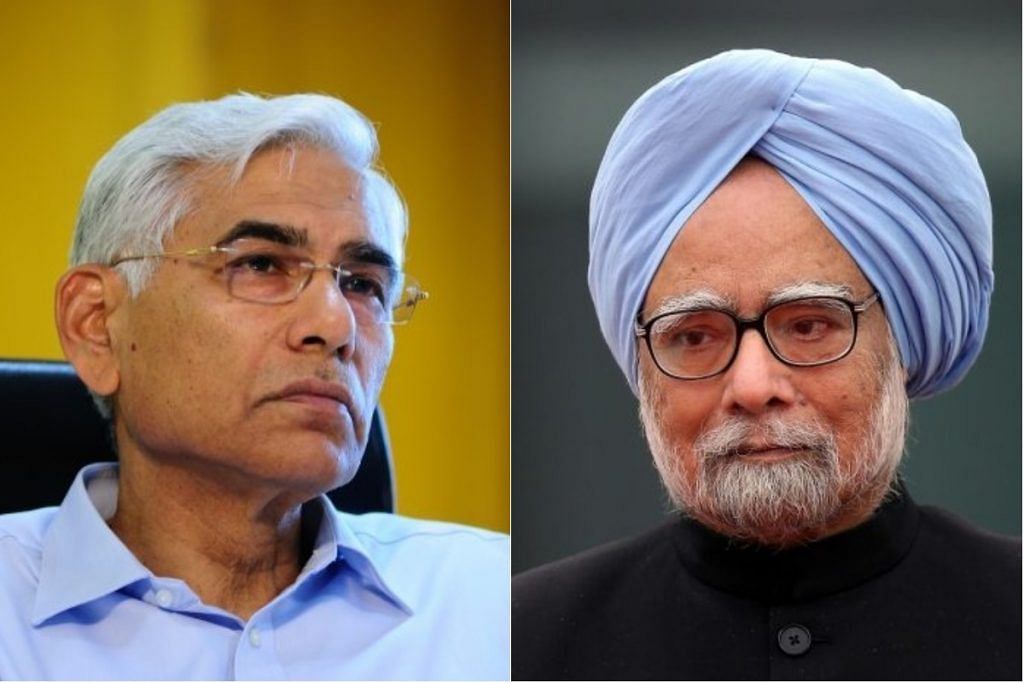In his book ‘Not Just An Accountant’, then CAG Vinod Rai has written that then prime minister Manmohan Singh was aware of the wrongdoings of then telecom minister A Raja but chose to remain silent for unknown reasons. Edited excerpt:
It is obvious from the exchange of these letters that the prime minister was indeed aware of Raja’s intentions as far back as November/December 2007. He chose, for reasons which can only be speculated, to ignore the warning signals. He failed to direct his minister to follow his advice, the counsel of the ministries of law and finance, and the commerce minister Kamal Nath’s suggestion that the issue be brought to a GoM for threadbare discussion.
Why, and under what compulsion, did the prime minister allow Raja to have his way, which permitted a finite national resource to be gifted at a throwaway price to private companies—private companies that, going by the minister’s own admission, were ‘enjoying the best results […] which was also reflected in their increasing share prices’? If only Prime Minister Manmohan Singh had responded differently; if only he had instead said—‘I have received your letter of 26 December 2007. Please do not take any precipitate action till we or the GoM have discussed this.’ Such a letter would have changed the course of UPA II. It is for this reason that I have, at the outset, asserted that had the prime minister insisted on transparency, as he claimed on 3 January 2014, the course of political history of this county would have been different. But more on this later.
There were strong interjections from the ministry of finance that clearly felt that applying a price determined in 2001, without indexation, was inappropriate. However, this was brushed aside. Giving finite spectrum to a private party for commercial exploitation, even if it enhances teledensity, requires a balance between revenue generation and achieving social objectives. It needs to be emphasized that even the tenth five-year plan document on spectrum policy mentions that ‘pricing needs to be based on relative demand and supply over space and time in a dynamic manner, [with] opportunity cost to reflect the relative scarcity of the resource in a given situation.’ Thus, the action of the DoT to take a price discovered in 2001, when the sector was still nascent, and apply it after a passage of seven years in spite of changes in market conditions, and in the face of contrary advice from the PMO and the ministries of finance and law, certainly does not pass any test of transparency.
The DoT constantly emphasized that its decision was taken to serve the twin objectives of providing cheap telephony and deeper teledensity. In fact, Raja, in his letter to the prime minister on 15 November 2007 writes: ‘I agree that telecom tariff in the country are [sic] one of the lowest in the world. However, these may be seen in conjunction with the lower input costs and per capita income in the country.’ Doing a volte face in his next letter of 26 December 2007 to the prime minister, he writes: ‘It is needless to say that the tariff in India is not as cheap as claimed in terms of purchasing power parity and standard of living in the country since there is no tariff fixation.’ What do we believe? Telecom tariff the ‘lowest in the world’ or ‘tariff in India is not as cheap’? Contradictory statements in successive months.
Let us approach the argument of teledensity. NTP 1999 had fixed a teledensity target of providing 15 telephone connections per 100 [in population], to be achieved by 2010. In September 2007, a teledensity of 18.22 had already been reached. The eleventh five-year plan had targetted 500 million connections by 2010; this target, too, was achieved early—in September 2009. It is obviously no one’s case that we need to sit back once a target is achieved, but surely revenue mobilization, in lieu of a scarce national resource being made available for private commercial exploitation where tariff is not fixed, cannot be totally overlooked.
Was this data not available with the government—the PMO, the ministry of finance and even the officialdom of the DoT—to counter Raja’s consistent and constant refrain?
Now let us examine Raja’s assertion that there had been ‘no single deviation or departure in the rules and procedures contemplated in all decisions taken by my ministry and as such full transparency is being maintained…’ The DoT had decided to continue with the so-called existing policy of FCFS for processing applications. The minister also confirmed that an unprecedented number of applications had been received by the cut-off date of 1 October 2007. This is the date which was announced by a press release issued on 24 September 2007 after being personally approved, indeed amended, by the minister himself. However, despite making a public announcement along these lines, Raja arbitrarily advanced the cut-off date to 25 September 2007. Why?
No credible explanation was offered. Though Raja clearly indicated this to the prime minister in his letter of 2 November 2007, the PMO chose not to object. Why it chose not to, remains unclear.
‘Not Just an Accountant: The Diary of the Nations Conscience Keeper by Vinod Rai’ has been published by Rupa Publications. Excerpted with permission from Rupa Publications.
